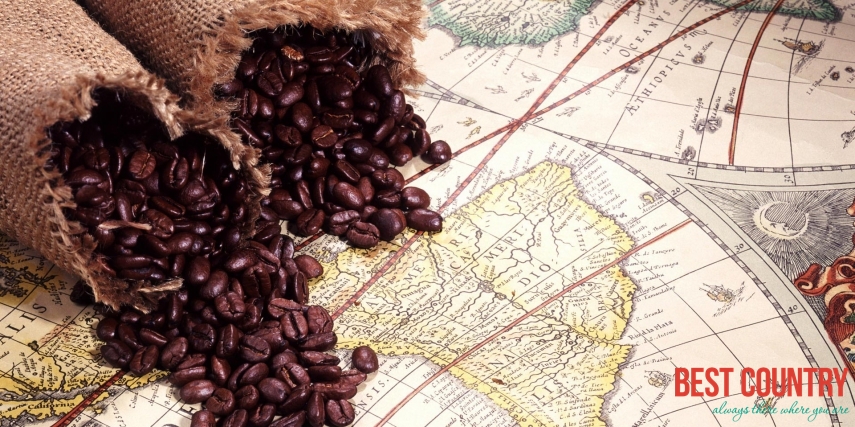Coffee in Brazil

But how is the cup of coffee in Brazil?
Traditionally Brazilians have a cafezinho. Cafezinho is taken frequently throughout the day, and if you are offered one at a business meeting, it's impolite to refuse.
Any office or building you enter, you will find a thermos and tiny plastic cups near the watercooler or refrigerator. The thermos is filled with medium strong coffee and lots of sugar.
The coffee is made by boiling water and ground coffee in a pan, and filtering it.
If you care for an espresso, you may be lucky to find a Cafe do Ponto. This is the brandname of a tasteful coffee and the name of the coffeebar serving it.
Renewed activity in hot drinks market
To boost coffee consumption over the review period, manufacturers had to rethink strategies and focus on products with superior quality, known as gourmet. As a result, there was great activity in the Brazilian market, particularly in the latter part of the review period, with coffee producers developing unique coffee varieties, establishing new quality standards and finding different regions to harvest the product.
Coffee beans
Coffee bushes are greedy plants which quickly exhaust the soil and require extremely fertile land. Coffee growing on an economically significant scale began in the vicinity of Rio de Janeiro. Later it migrated down the ParaМba do Sul Valley. It spread to SЦo Paulo state, particularly around Campinas, then to the west of the state and into the northwest of ParanА. It also took root in the south of Minas Gerais and parts of EspМrito Santo state.
"Coffee" comes from the Latin form of the genus Coffea, a member of the Rubiaceae family which includes more than 500 genera and 6,000 species of tropical trees and shrubs.
Eighteenth-century Swedish Botanist Carolus Linnaeus first described the genus but, to this day, botanists still disagree on the classification because of the wide variations that occur in coffee plants and seeds. Species of Coffea range from small shrubs to trees as tall as 32 feet/ 10meter high and the leaves can range in color from purple to yellow, however, green is the predominant color. The plants can continue to produce fruits for 20 to 30 years.
There are about 25 major species within Coffea, but the typical coffee drinker is likely to be familiar with two:
Coffea arabica and Coffea canephora.